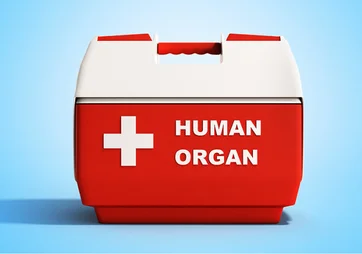Obesity Treatment

Being obese is a complicated illness that involves excess body fat. Being obese is more than simply a visual issue. It is a medical condition that raises the possibility of numerous other illnesses and health issues. Heart disease, diabetes, high blood pressure, high cholesterol, liver disease, sleep apnea, and some types of cancer are a few examples of these. Diabetes and its related disorders, such as blindness, limb amputations, and the requirement for dialysis, can also be brought on by being overweight. You can reduce your weight by adopting new behaviors, eating a healthier diet, and exercising more.
Book an AppointmentAbout Obesity
Body fat can be reasonably estimated using BMI. But body fat is not directly measured by BMI. Some individuals, like physically fit athletes, may be obese by BMI even when they do not have excess body fat. BMI, or body mass index, is frequently used to diagnose obesity. Genes, behavior, metabolism, and hormones all impact body weight; nonetheless, obesity is the result of consuming more calories than burning them during regular daily activities and physical activity.
Procedure of Obesity
For the diagnosis of obesity, there are several tests such as:
Physical examination, reviewing medical history, figuring out BMI, determining waist circumference, and looking for additional health issues. Your medical team may examine your past weight, attempts at weight loss, level of physical activity, and exercise routines. You could also discuss controlling your appetite and eating habits. Your health provider determines your body mass index, or BMI. A BMI of thirty or more is deemed obese. Risks to one's health are further increased by numbers above thirty.
Many of the causes of overweight and obesity are preventable and reversable. All weight-loss programs demand that you change your eating habits and get more active. The treatment procedures that are right for you depend on your weight, your overall health, and your willingness to participate in a weight-loss plan.
The effects of bariatric surgery vary depending on how much food the stomach can contain, how well the body can absorb nutrients or a combination of the two. The most prevalent kinds of bariatric procedures include:
- Gastric Bypass: Gastric bypass surgery is one of the most common forms of bariatric surgery. To put it simply, there are two steps to the technique. First, a small pouch divides the top of the stomach from the rest of the stomach. When the small intestine's first segment is detached, the bottom end of the small intestine is joined to the newly created little pouch in the stomach.
- Sleeve Gastrectomy: It involves cutting out about 80% of the stomach. What's left is a sleeve, which is a tube-shaped pouch. The stomach can no longer hold as much food due to its reduced size.
- Gastric Band: As part of the adjustable gastric band, an inflatable band is stretched around the top of the stomach, creating a smaller pouch above. Patients can store less food since they feel full faster.
Require Assistance?
Get A Quick Callback From Our Healthcare Experts







